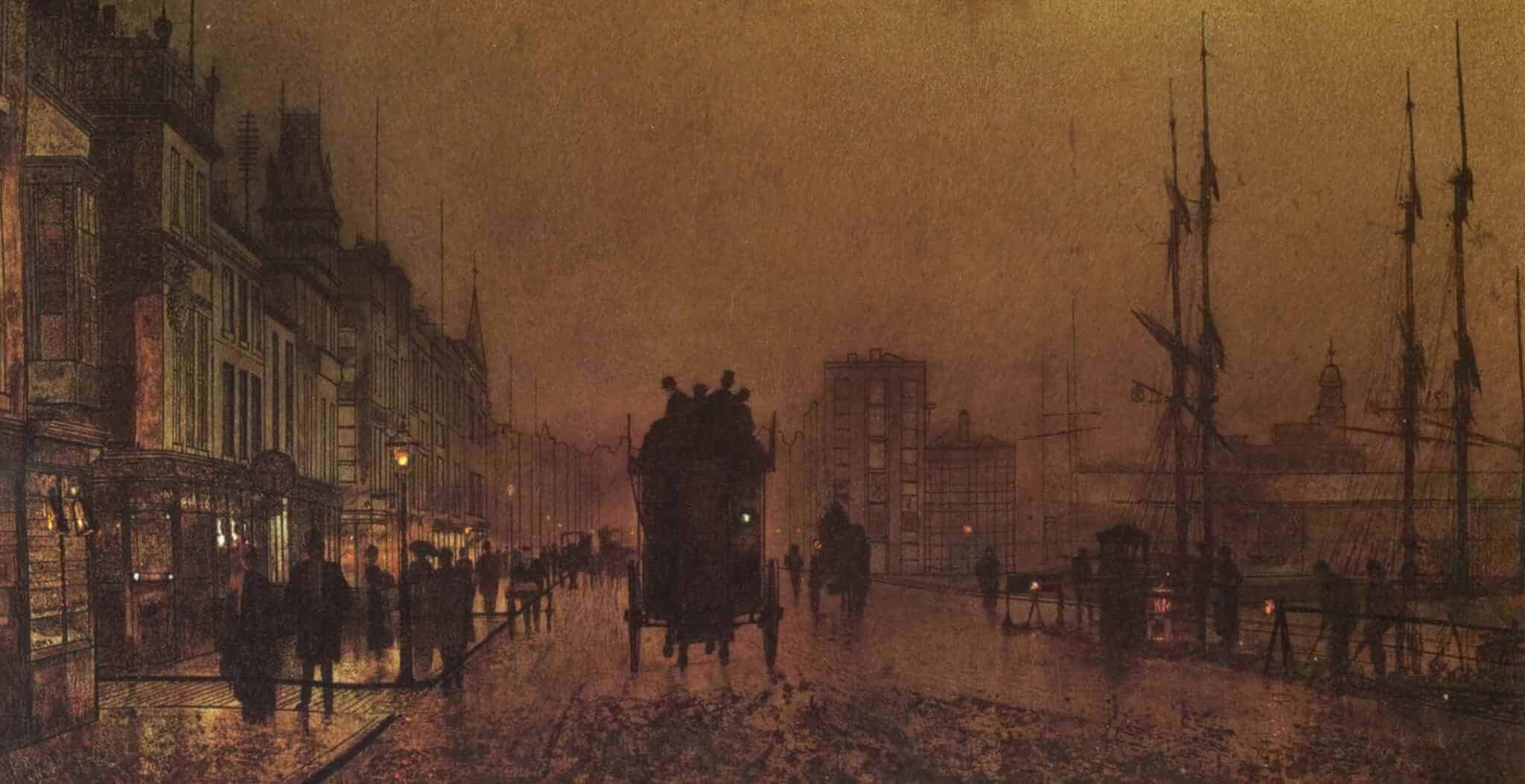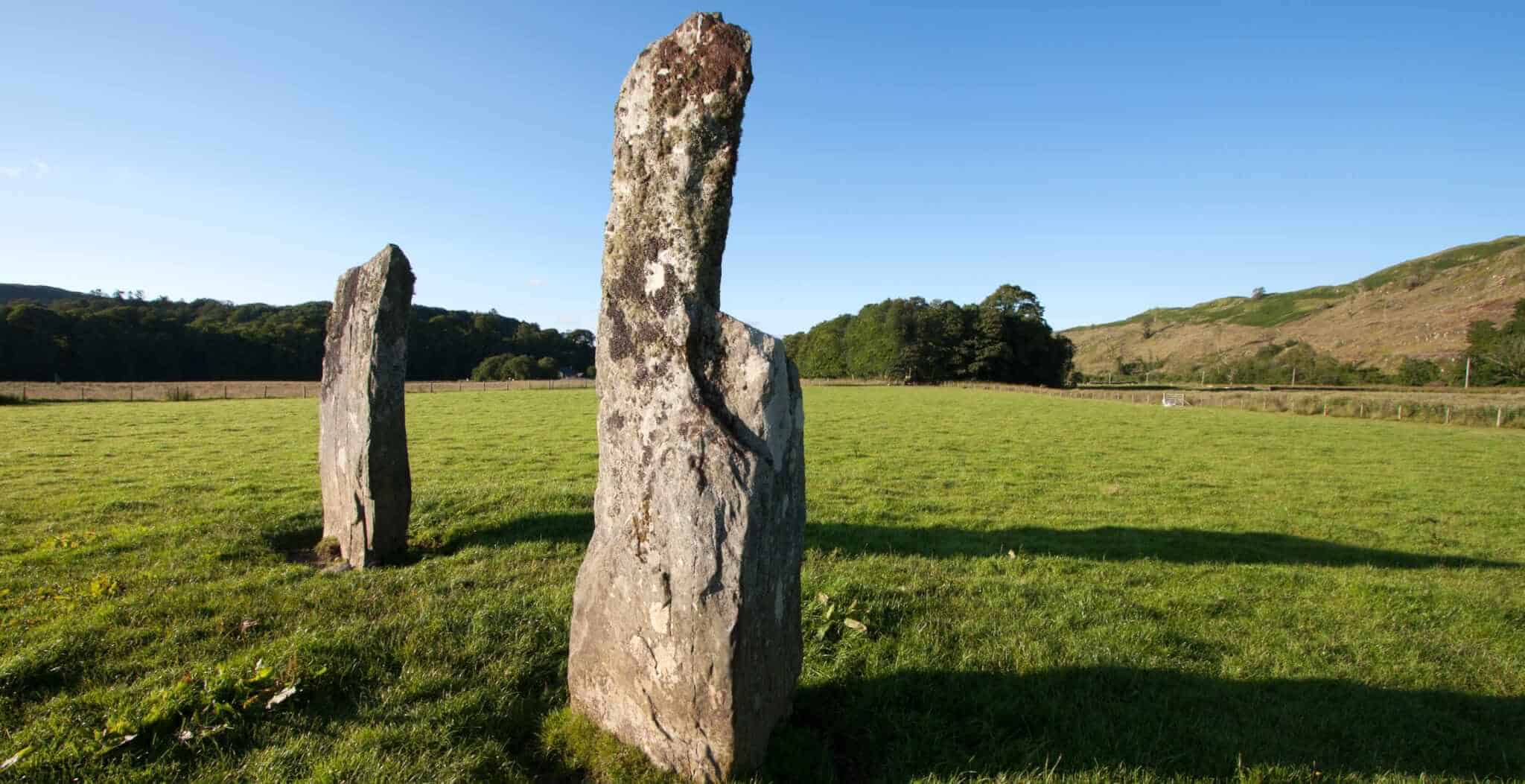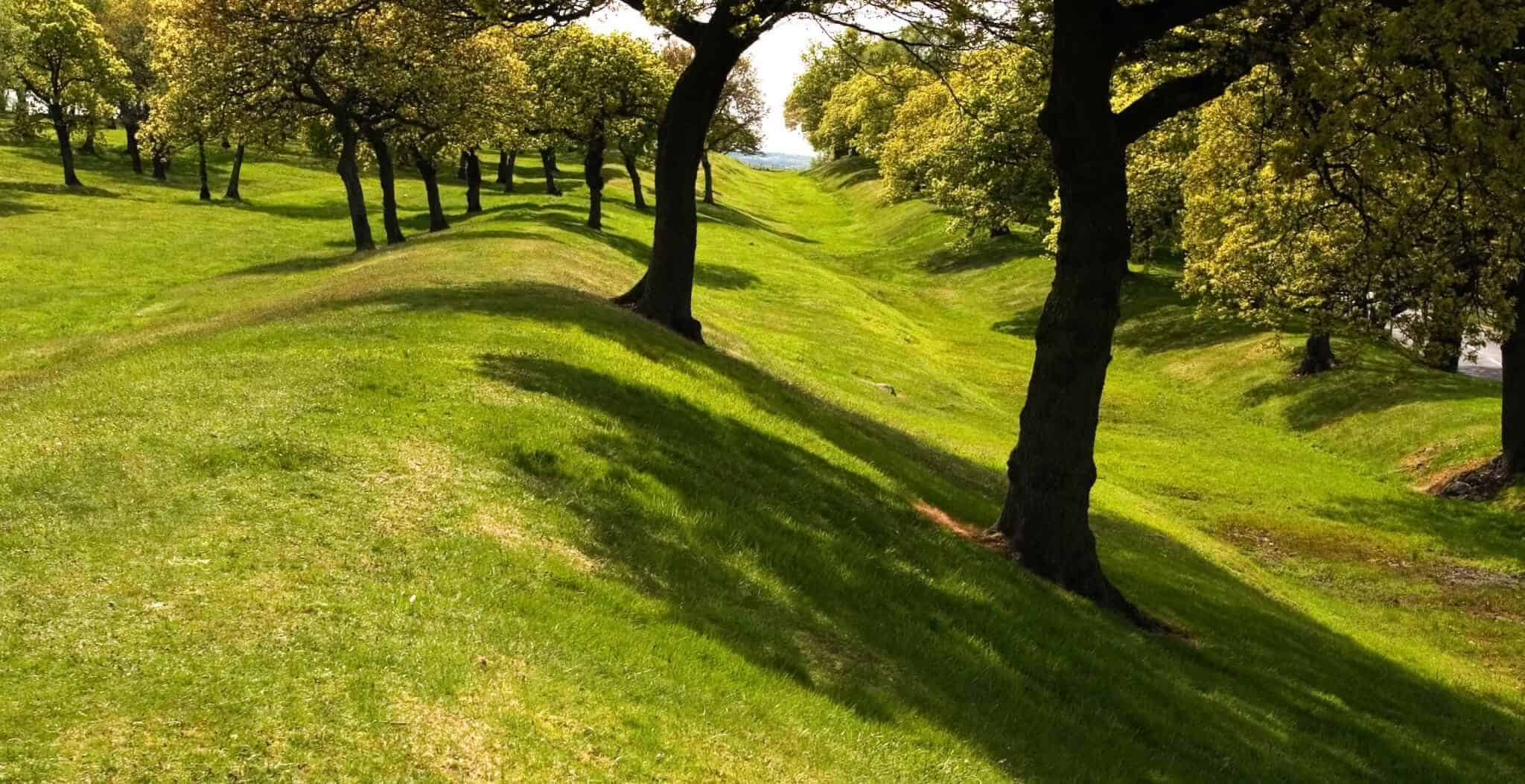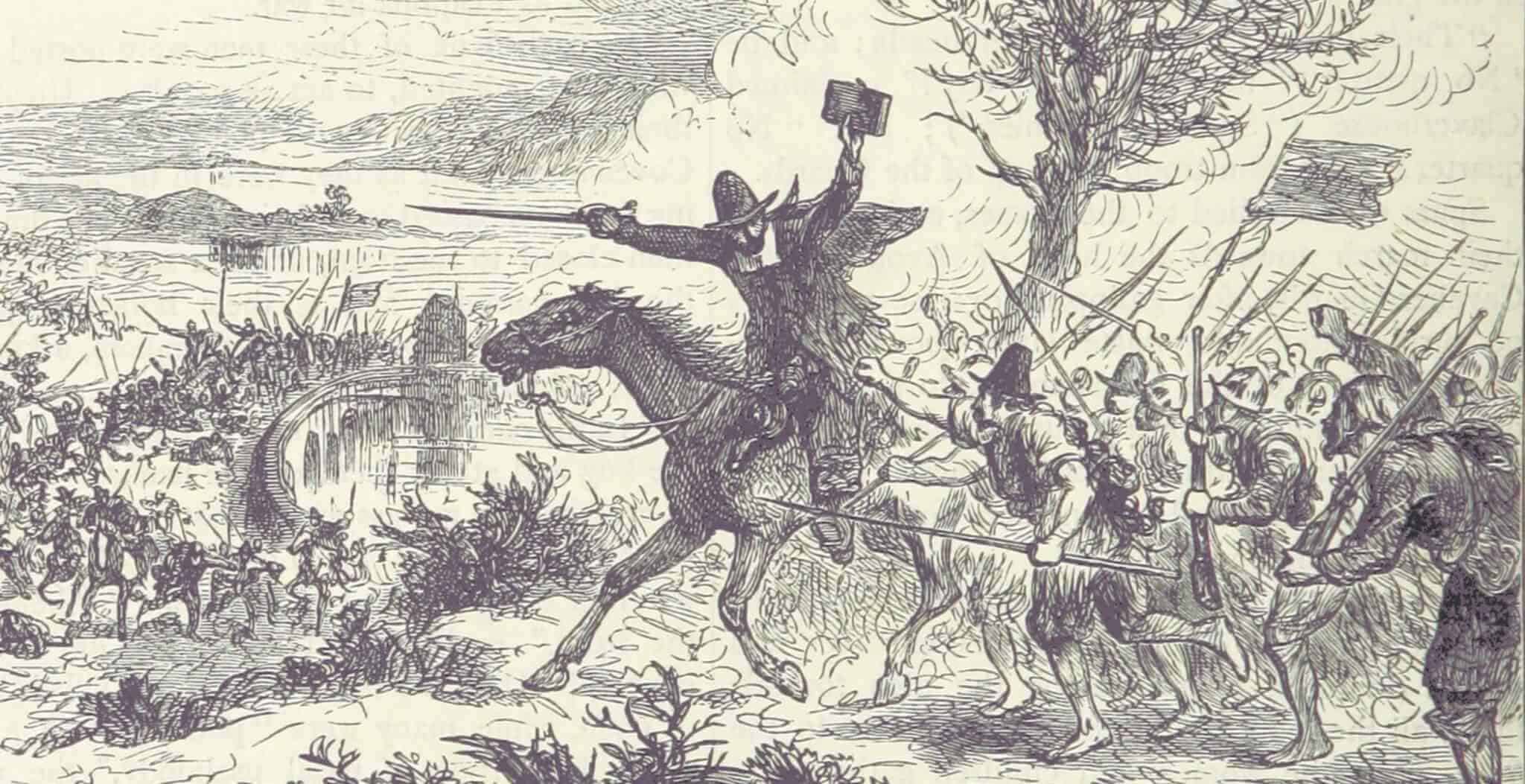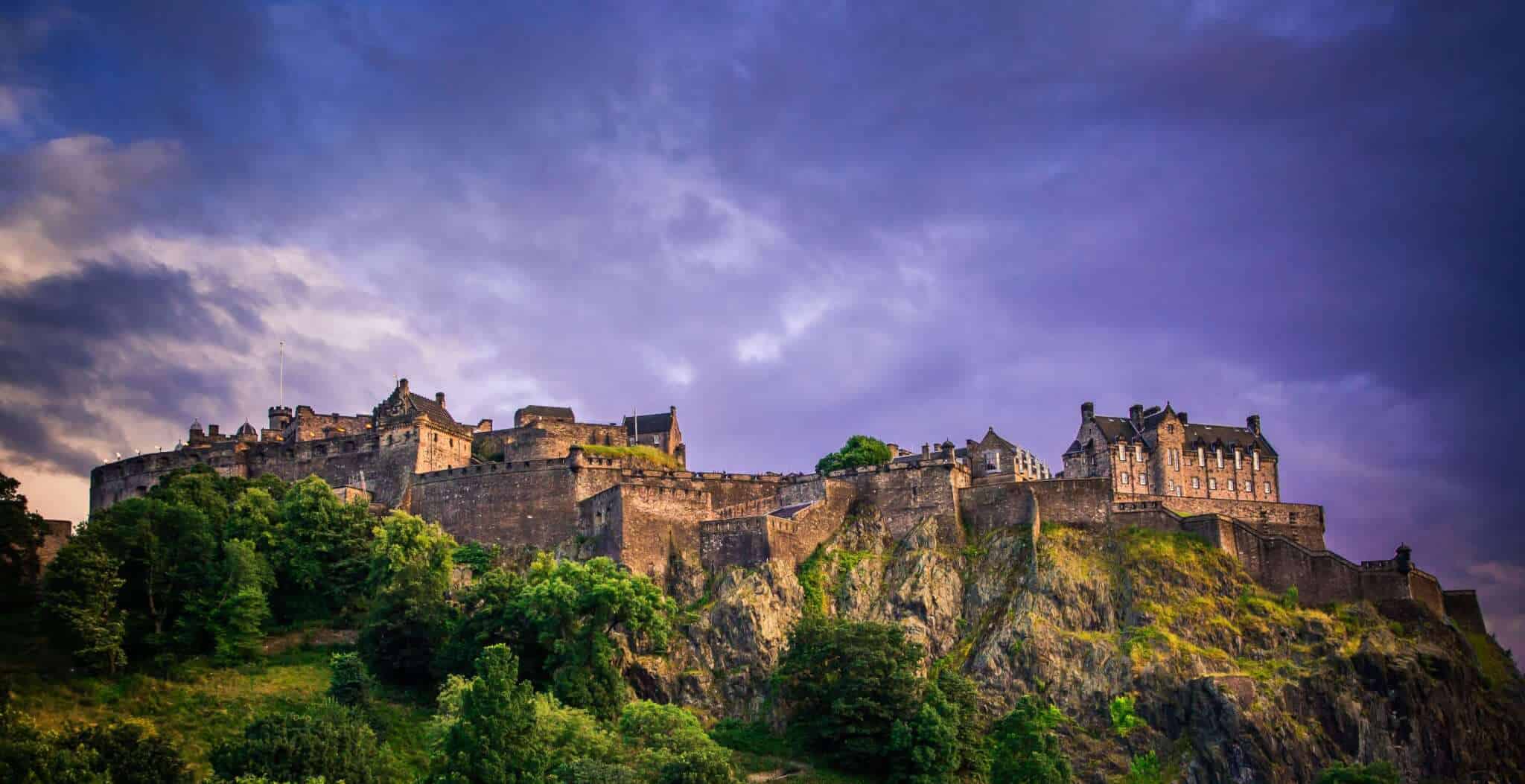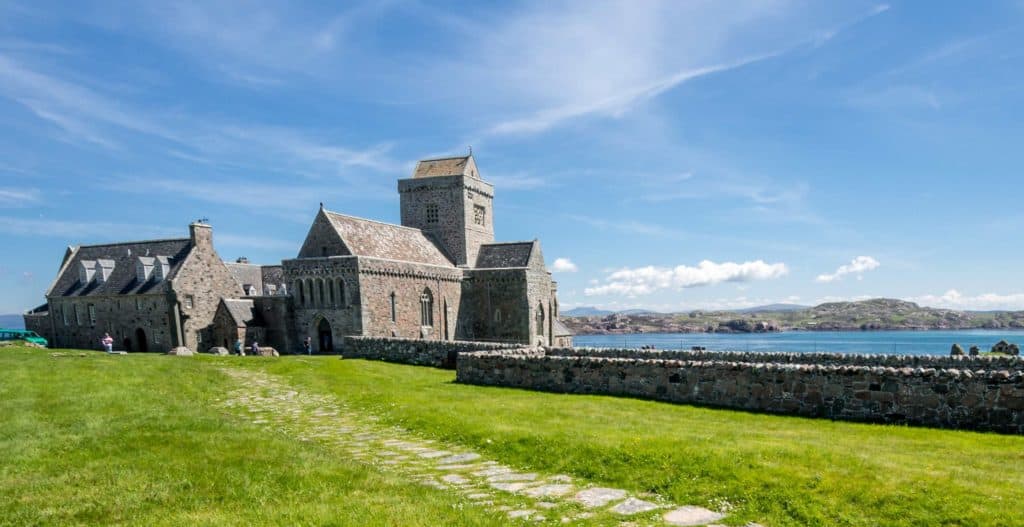Facts about West Scotland
![]() Population: Approx. 3,000,000
Population: Approx. 3,000,000 ![]() Famous for: Ship Building, Iron Bru, Deep fried Mars bars
Famous for: Ship Building, Iron Bru, Deep fried Mars bars ![]() Distance from London: 8 – 9 hours
Distance from London: 8 – 9 hours ![]() Highest Mountain: Ben More (1,174m)
Highest Mountain: Ben More (1,174m) ![]() Local delicacies: Och Jimmie, Neeps and Tatties, Stovies, Hot Fish Supper
Local delicacies: Och Jimmie, Neeps and Tatties, Stovies, Hot Fish Supper ![]() Airports: Glasgow and Glasgow Prestwick
Airports: Glasgow and Glasgow Prestwick
From the cosmopolitan city of Glasgow to the rugged beauty of the Highlands, the western coast of Scotland has something for everyone. It’s also much more accessible than the Highlands and is within a few hour’s drive of northern England and Edinburgh.
Glasgow itself was once dubbed as the ‘Second City of the British Empire’ and was the centre of Britain’s textiles industry, engineering and ship building during the Victorian era. Even today the city is the engine of the Scottish economy, with over 40% of the population of Scotland living in or around Glasgow.
Fans of walking, cycling or outdoor persuits in general will want to head straight to the Loch Lomond National Park which features the West Highland Way and over 20 munros to climb.
In terms of historic sites in the region, there are umpteen fabulous castles to explore including the stunning Castle Stalker (pictured at the top of this page) and the precariously placed Gylen Castle near Oban.
For people interested in the origins of Christianity, the tiny Isle of Iona, barely three miles long by one mile wide, has had an influence out of all proportion to its size to the establishment of Christianity in Scotland, England and throughout mainland Europe.
The Antonine Wall, a 37 mile Roman fortification stretching from Bo'ness on the Firth of Forth to Old Kilpatrick on the River Clyde, is also a popular historical attraction and marked the northernmost extent of the Roman empire from AD142 to AD165. Although not as well preserved as Hadrian's Wall to the south, there are still substantial remains at Castlecary, Croy Hill, Bar Hill and at Bearsden in Glasgow.
